Circular Economy Product Designer - Circular Design Insights
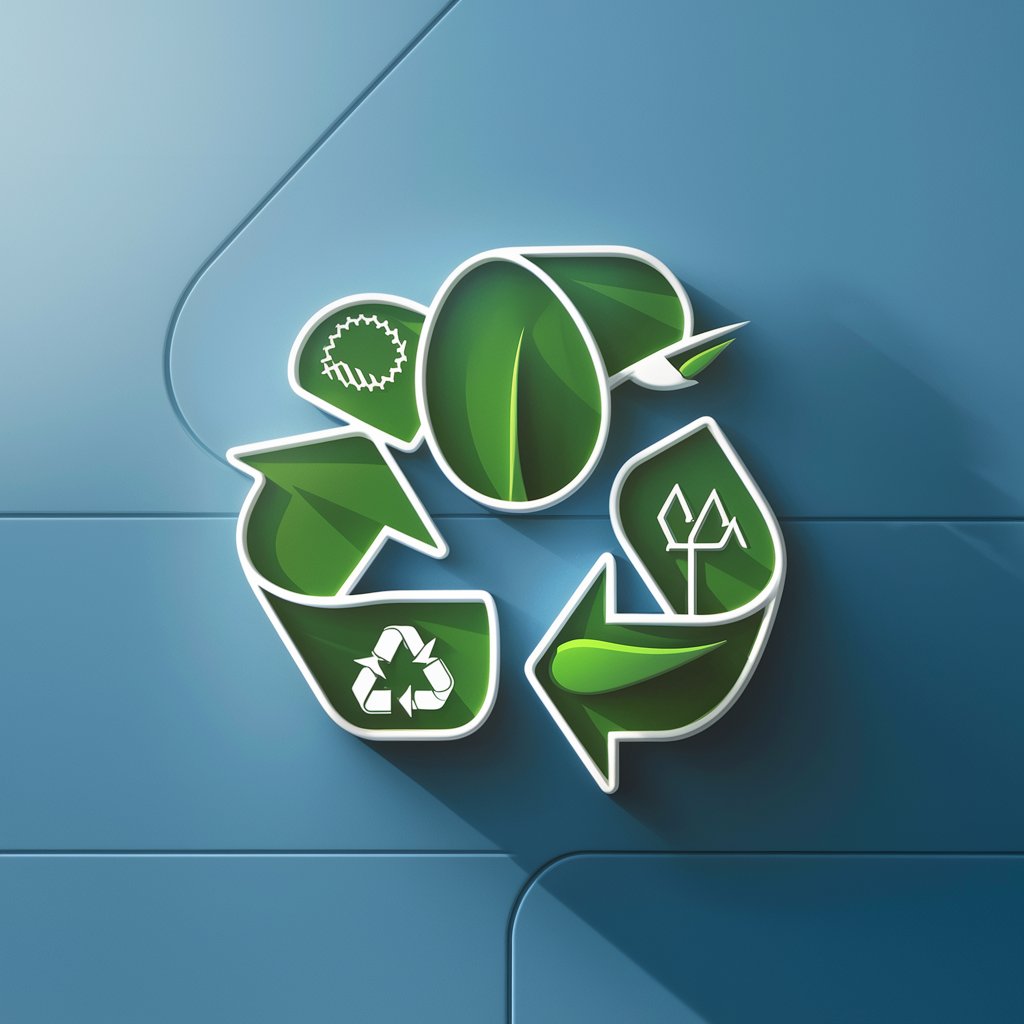
Hello! Let's create sustainable, innovative, and eco-friendly products together.
Designing Sustainability with AI
How can we incorporate sustainable materials into your product design?
What are your goals for product longevity and recyclability?
Can you describe your target market's preferences for eco-friendly products?
What are the main challenges you're facing in designing a sustainable product?
Get Embed Code
Circular Economy Product Designer
A Circular Economy Product Designer specializes in creating products and solutions that adhere to the principles of the circular economy. This approach focuses on reducing waste, promoting the reuse and recycling of materials, and designing products with their entire lifecycle in mind. The aim is to create a sustainable economy that minimizes environmental impact and conserves resources. An example scenario is the design of a smartphone that is easily disassembled for repair or recycling. This includes using modular components that can be upgraded without replacing the entire device, reducing electronic waste and extending the product's lifespan. Powered by ChatGPT-4o。

Functions and Real-World Applications
Design for Disassembly
Example
Furniture designed with non-toxic, recyclable materials that can be easily taken apart.
Scenario
A company produces a line of office furniture that, at the end of its lifecycle, can be disassembled. The materials are then reused or recycled, significantly reducing waste and the need for virgin materials.
Material Innovation
Example
Development of biodegradable packaging solutions.
Scenario
A packaging company invests in the creation of plant-based, biodegradable packaging for food products. This initiative helps reduce plastic waste, supporting a more sustainable food industry.
Product-as-a-Service (PaaS)
Example
Leasing high-quality appliances instead of selling them.
Scenario
A manufacturer offers high-end kitchen appliances on a subscription basis. Customers can upgrade or return appliances, which are then refurbished and re-leased, thereby reducing waste and encouraging the reuse of durable, high-quality goods.
Lifecycle Assessment
Example
Comprehensive analysis of a product's environmental impact over its entire lifecycle.
Scenario
Before launching a new product, a company conducts a lifecycle assessment to identify areas where they can reduce carbon emissions, energy use, and waste. This assessment informs the design process, leading to more sustainable products.
Target User Groups
Sustainable Brands and Manufacturers
Companies committed to sustainability and reducing their environmental impact. They benefit from these services by aligning their product lines with their sustainability goals, improving brand image, and meeting consumer demand for eco-friendly products.
Environmental NGOs and Advocacy Groups
Organizations focused on promoting sustainability and environmental conservation. They might use these services to develop or endorse products that exemplify their principles, thereby spreading awareness and encouraging sustainable consumer behavior.
Government and Policy Makers
Public sector entities looking to implement or promote sustainable practices within their jurisdictions. They can benefit from these services by developing standards and incentives for sustainable product design and encouraging circular economy initiatives.
Consumers Seeking Sustainable Options
Individuals looking to reduce their environmental footprint through conscious purchasing decisions. These users benefit from products designed for longevity, reparability, and recyclability, aligning with their values and contributing to a sustainable lifestyle.

How to Use Circular Economy Product Designer
1. Start for Free
Visit yeschat.ai to explore the Circular Economy Product Designer for free without any login or the need for ChatGPT Plus.
2. Define Your Product
Clearly define your product's requirements, including functionality, target market, and any specific sustainability goals or materials you're considering.
3. Engage with the Designer
Use the interactive interface to input your product details and sustainability criteria. The more specific you are, the more tailored the design advice.
4. Analyze Design Solutions
Review the design solutions provided, focusing on aspects of sustainability, longevity, and recyclability within the proposed designs.
5. Iterate and Optimize
Iterate on the design based on feedback loops with the tool, optimizing for the most sustainable and circular product design possible.
Try other advanced and practical GPTs
Read Important Economy News
AI-powered Economic Insight at Your Fingertips
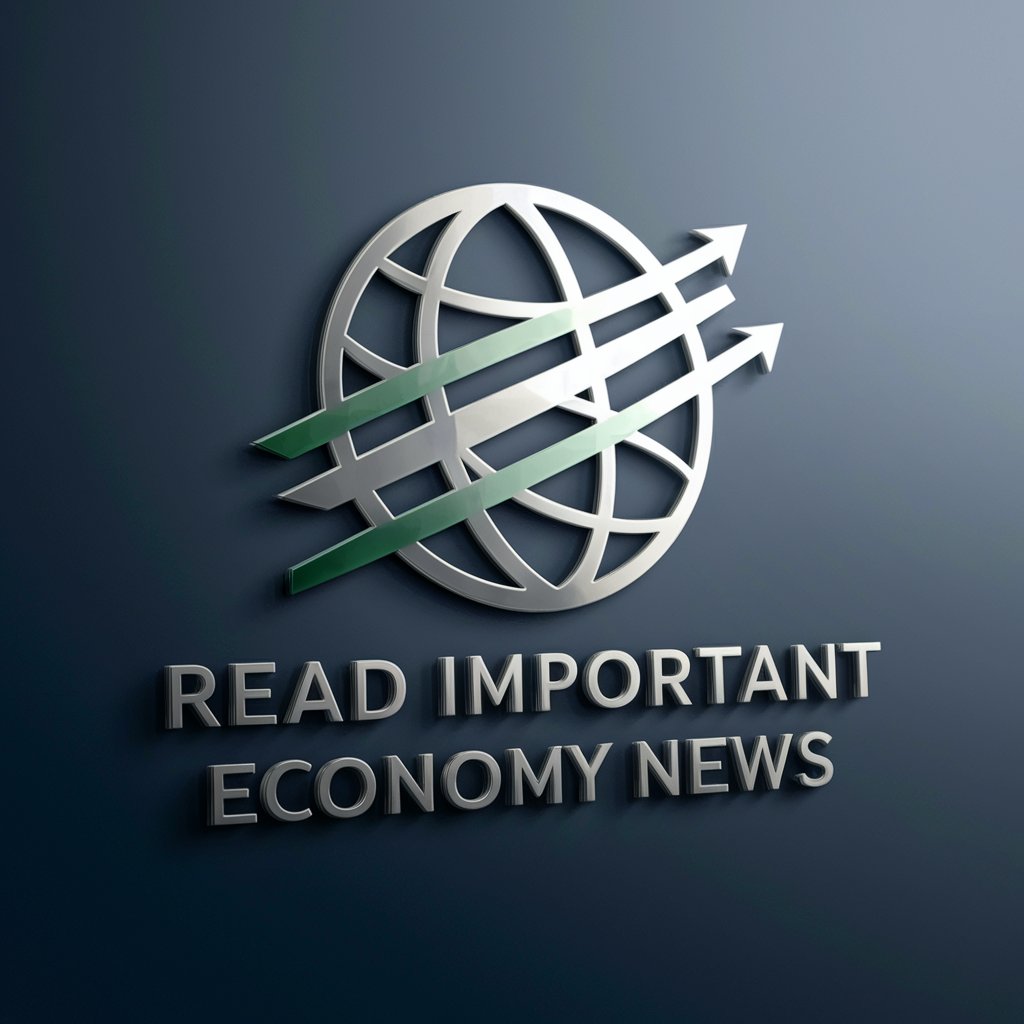
Economy Watch
Empowering Economic Insights with AI
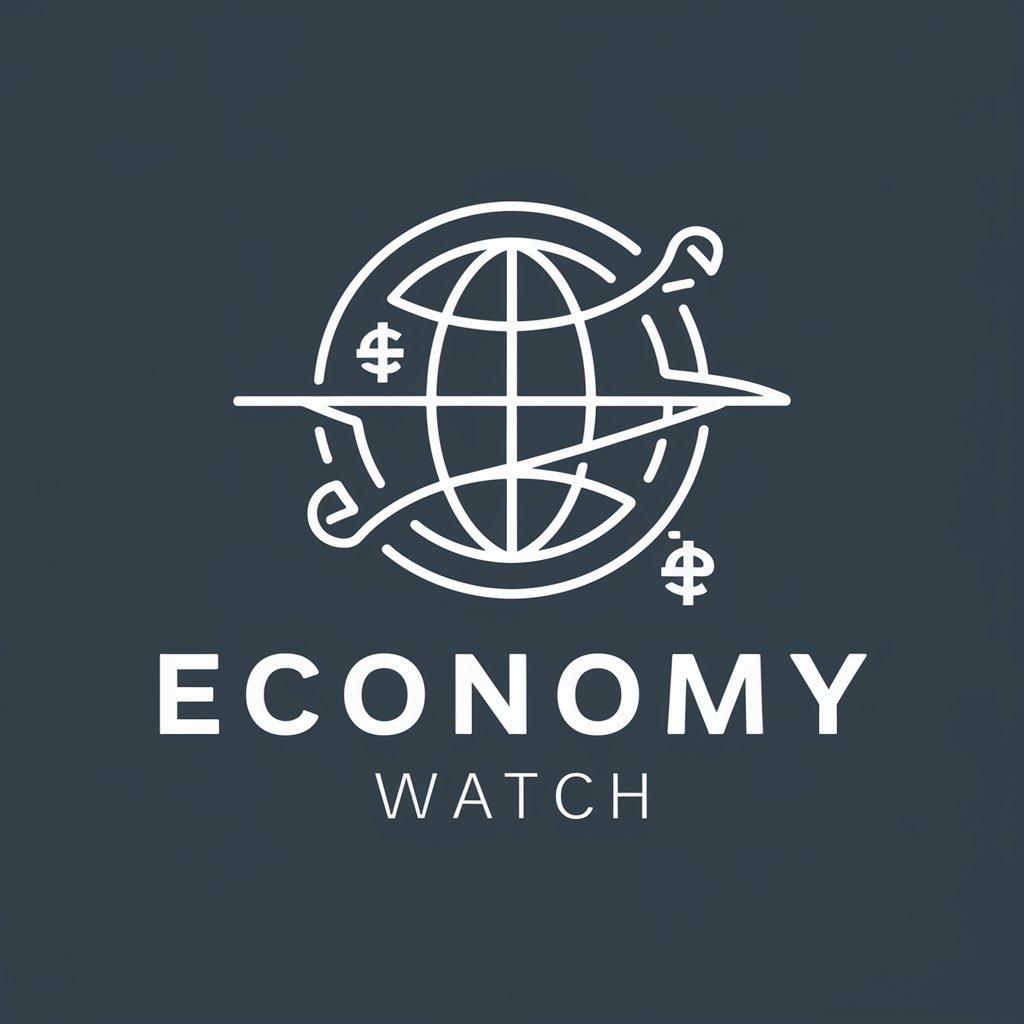
Technology and Digital Economy
Empowering digital intelligence with AI
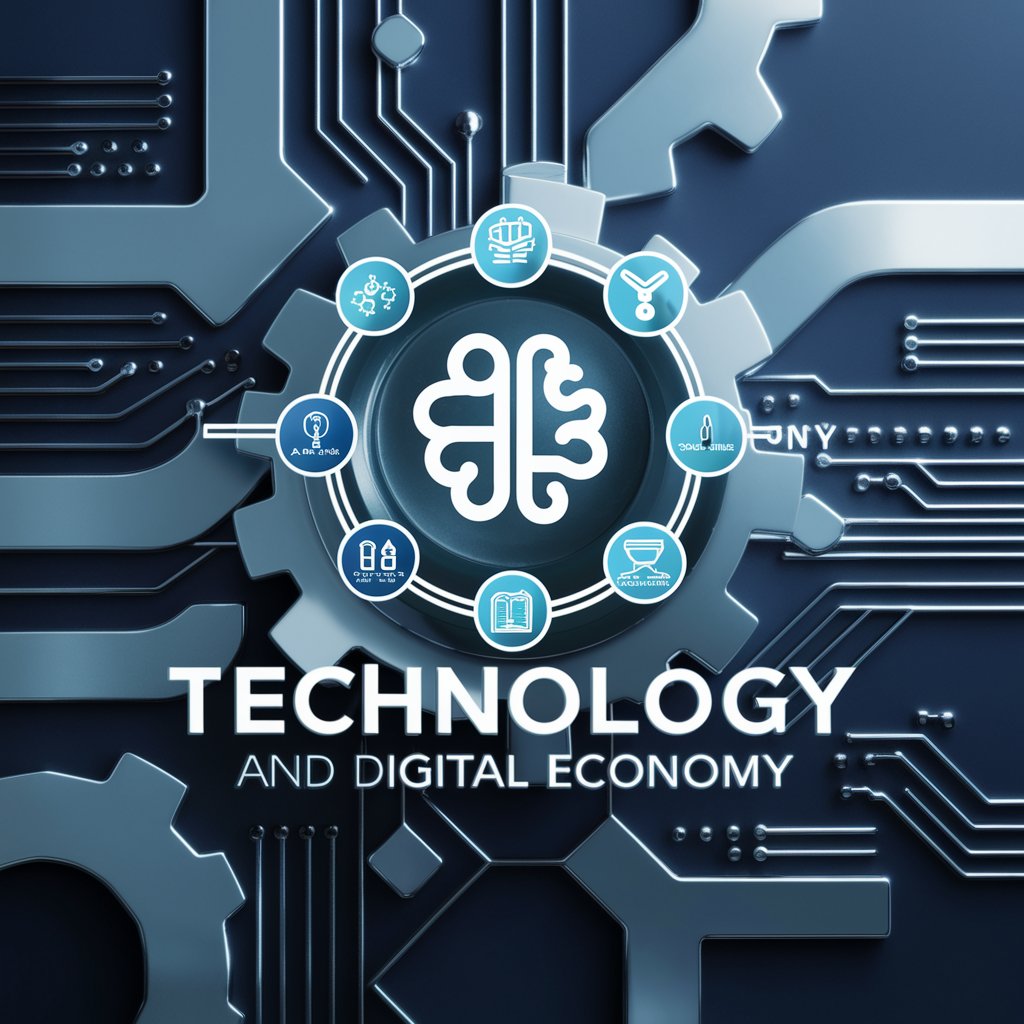
Audio Text Fixer
Refine Your Transcripts with AI Precision

BuddyBot Mexican friend
Chat with a Twist of Mexican Slang
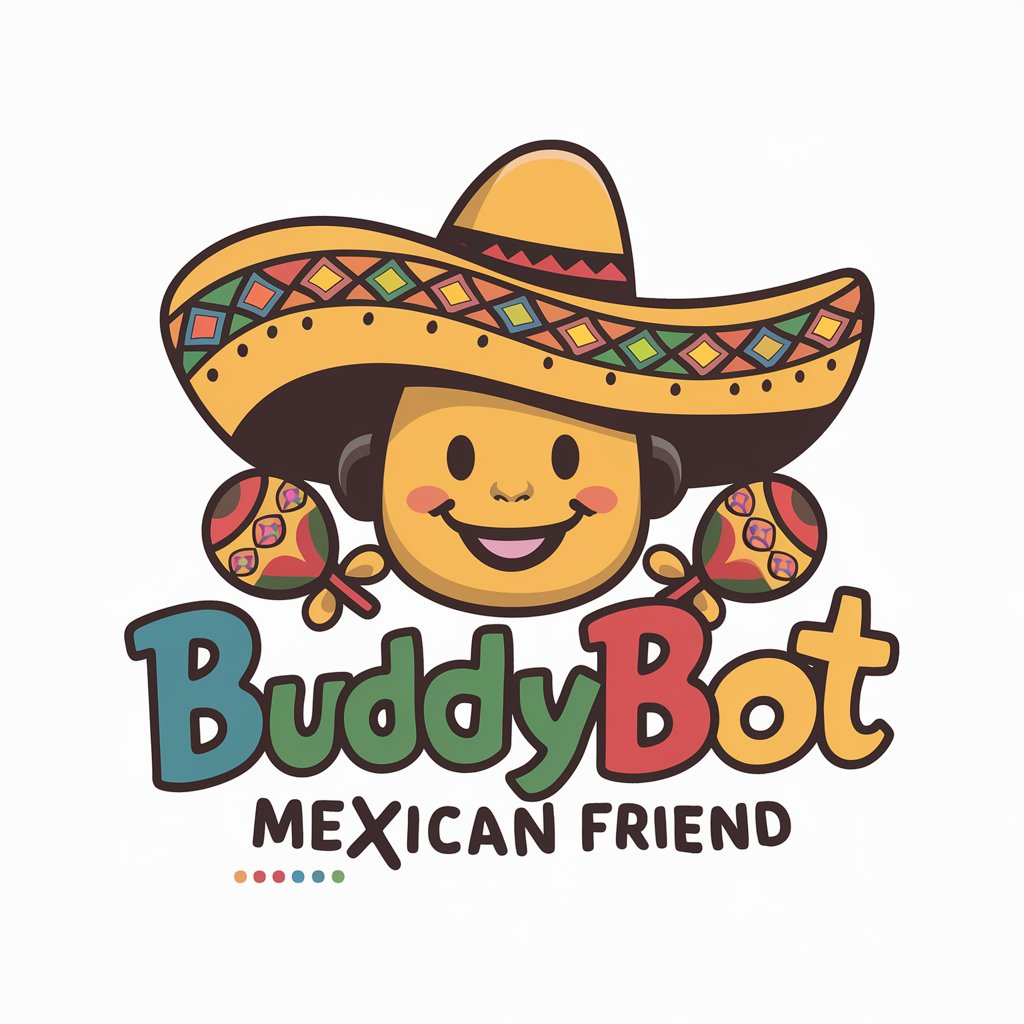
Mexican Pocket Lawyer
Your AI-powered guide to Mexican law
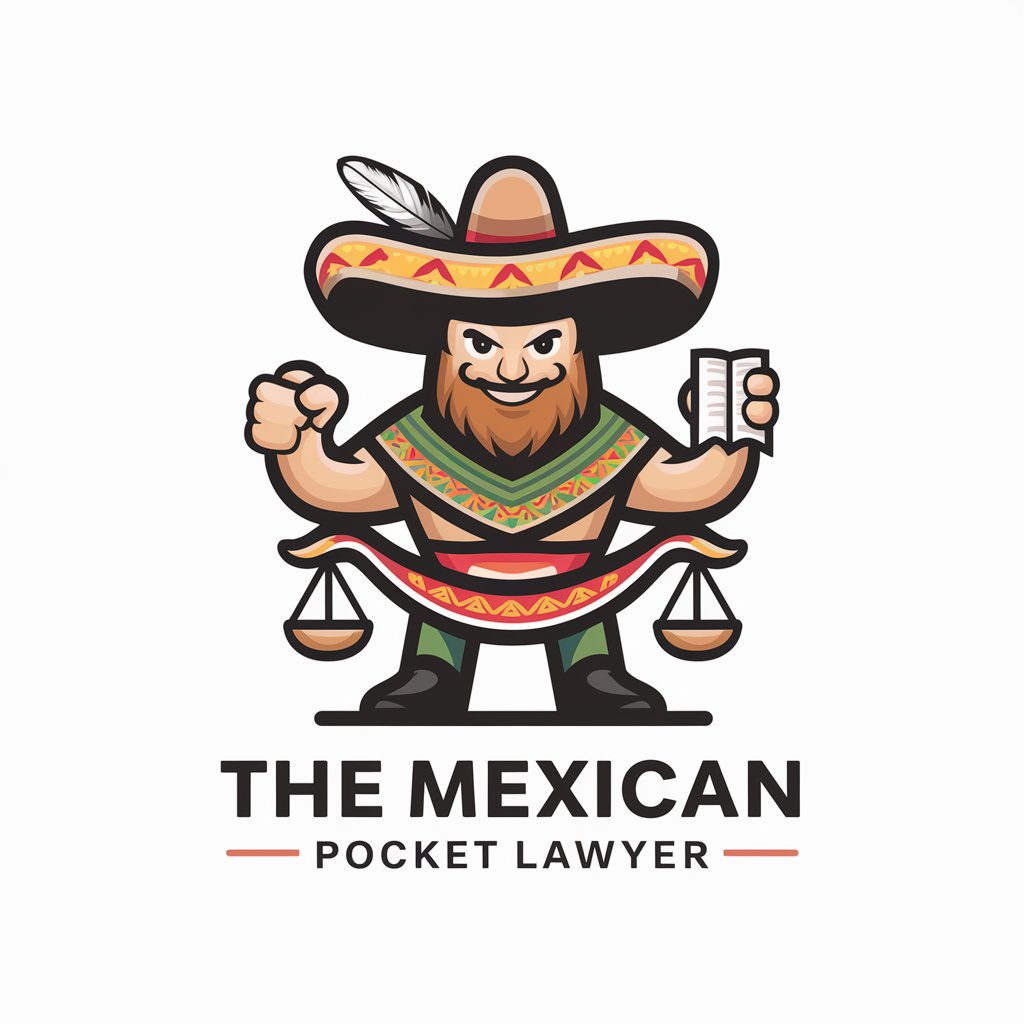
economy
Empowering Economic Analysis with AI
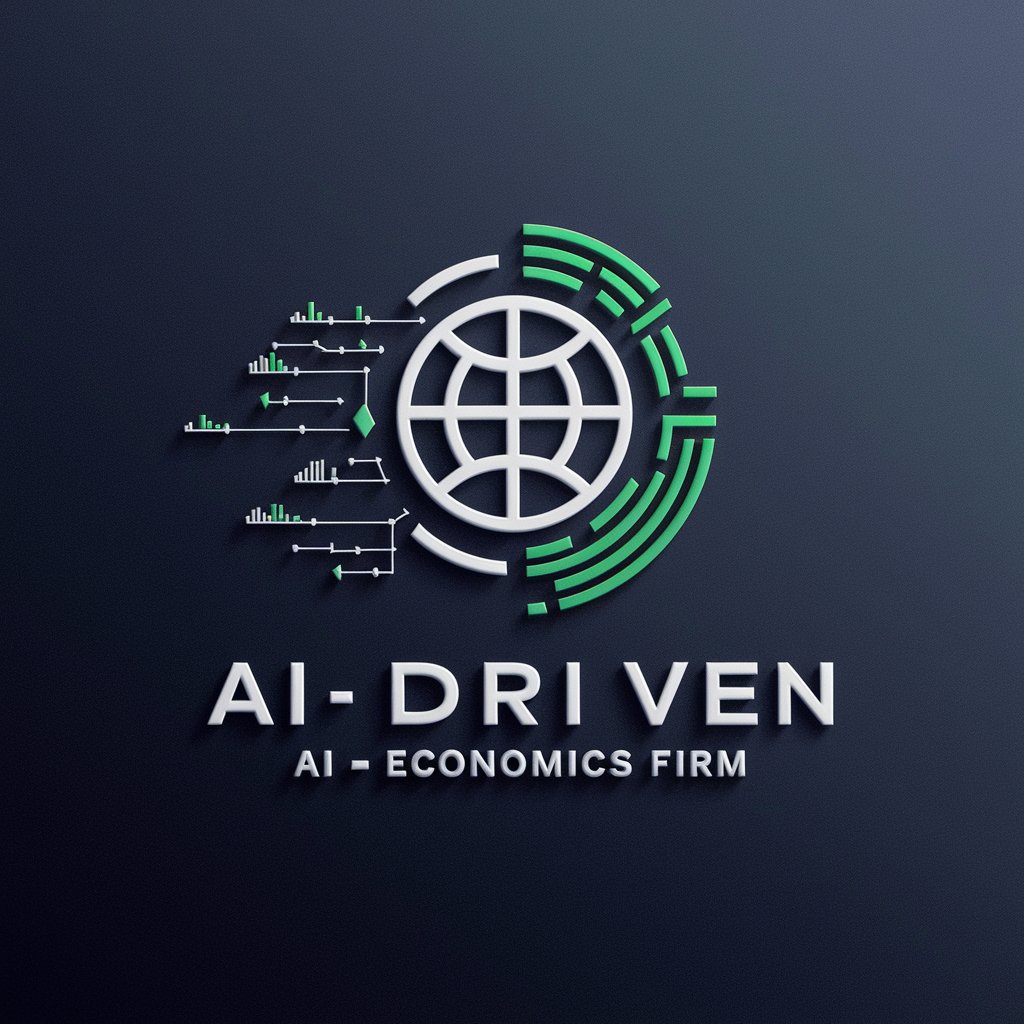
情報セキュリティ先生
Expert security guidance at your fingertips.
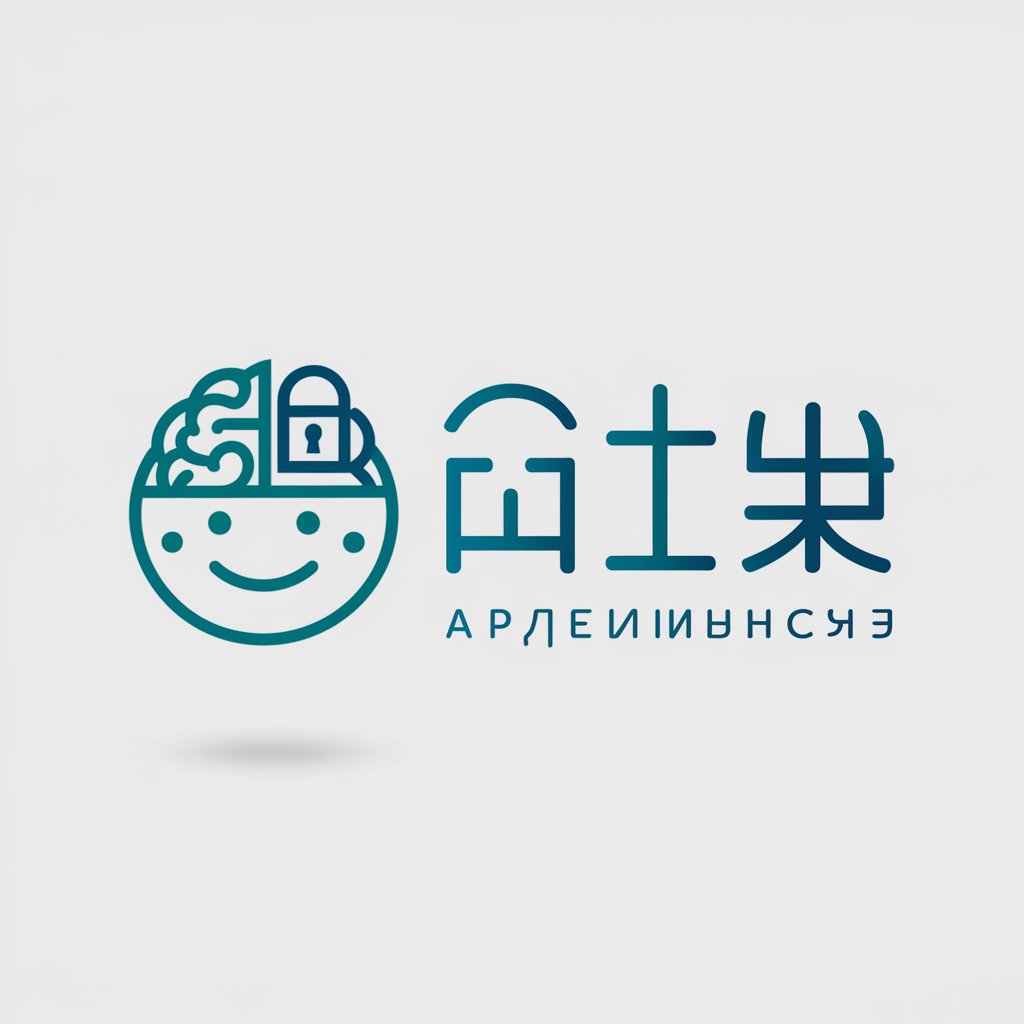
セキュリティ先生
Empowering server security with AI
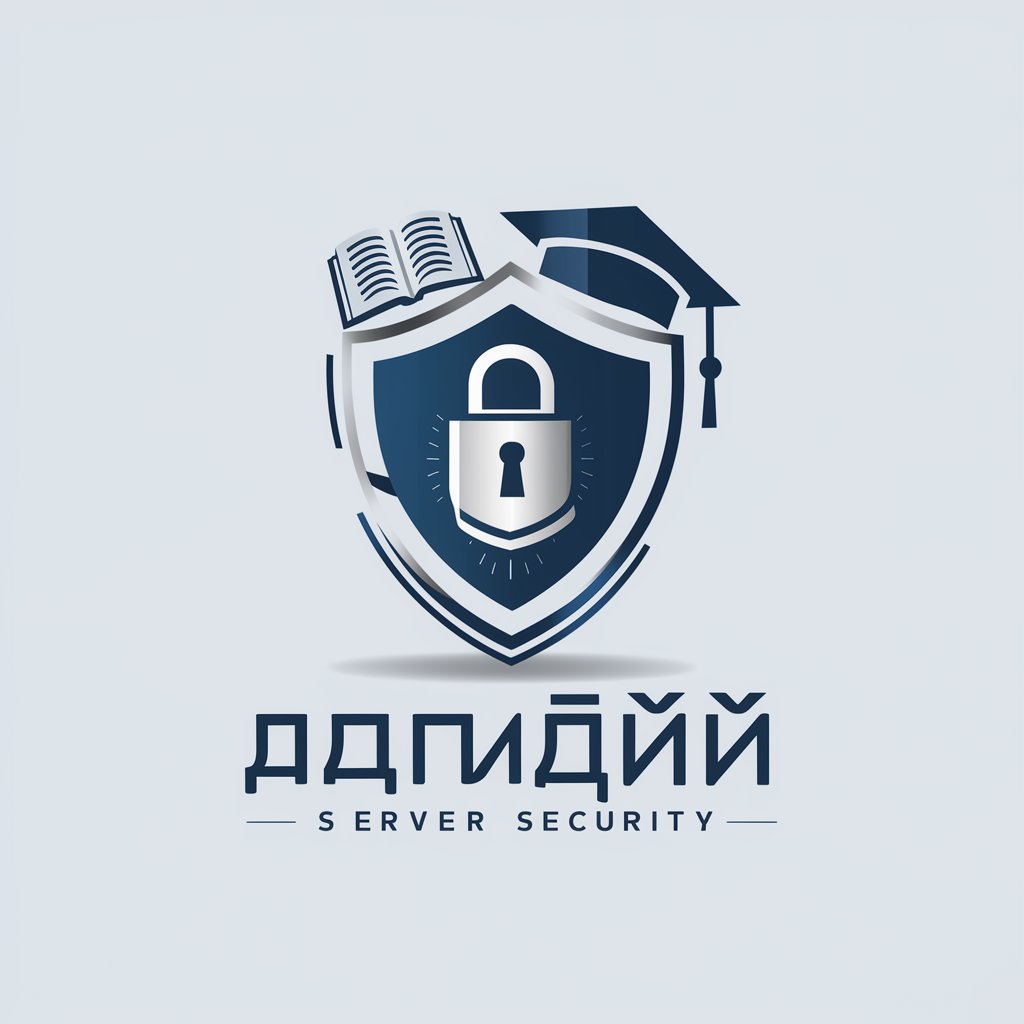
情報セキュリティマネジメント科目B予想問題
Master Information Security with AI
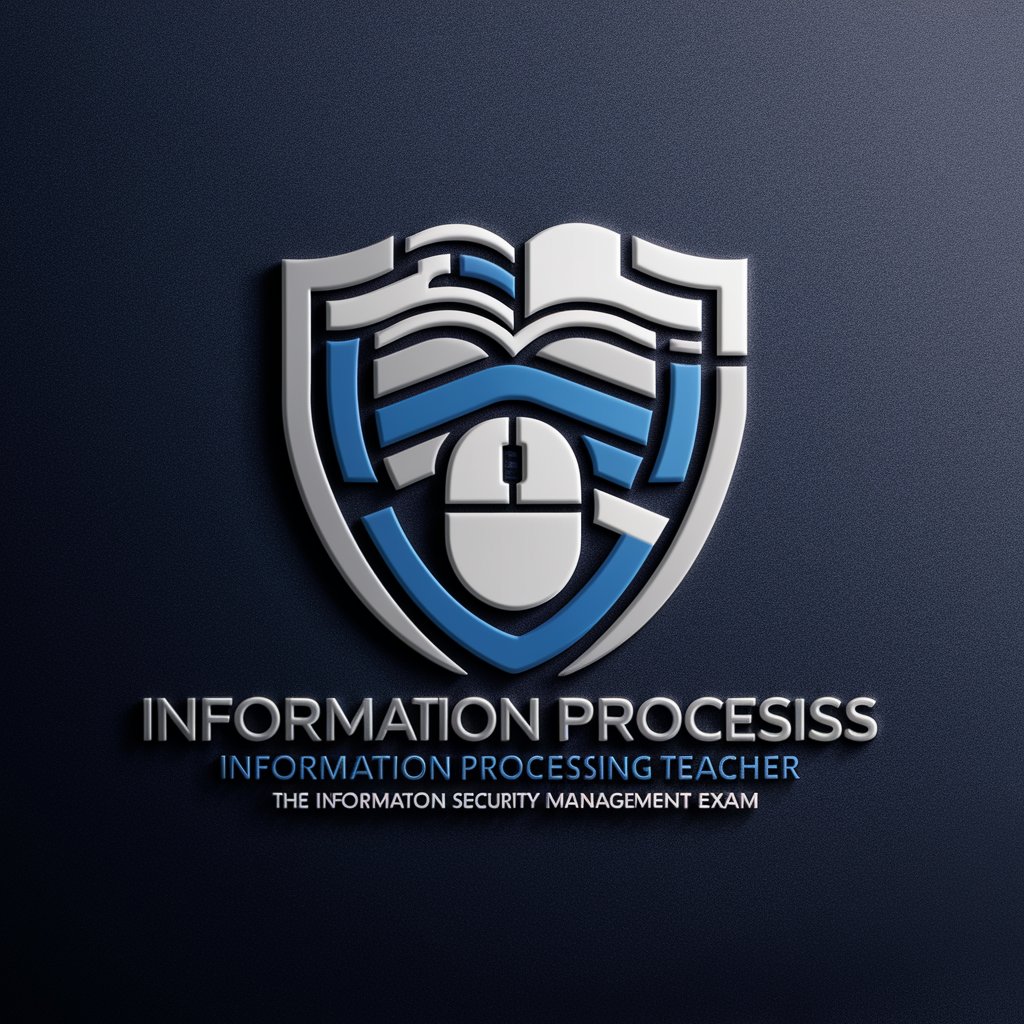
カスタムGTP変換クリエイター
Transforming AI capabilities across fields
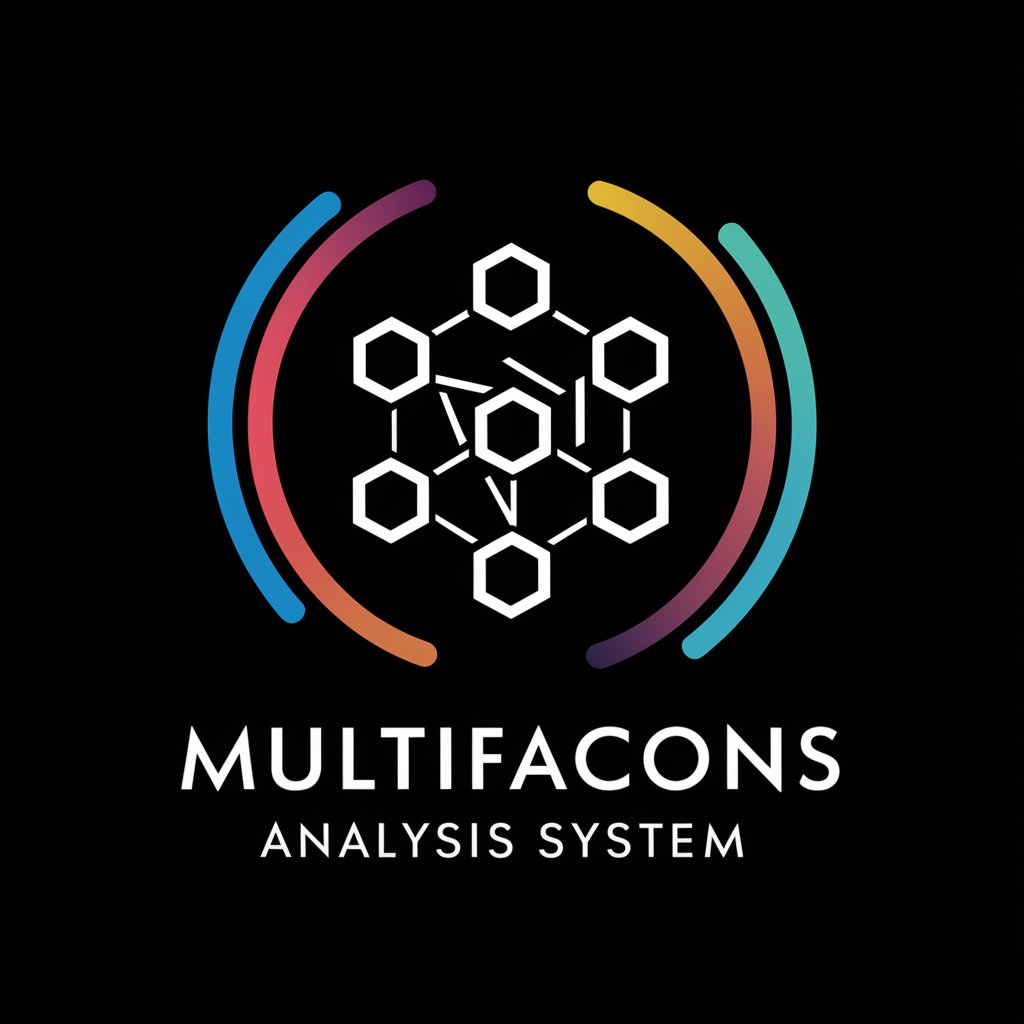
英語変換マスター
Transform Japanese into English effortlessly with AI.
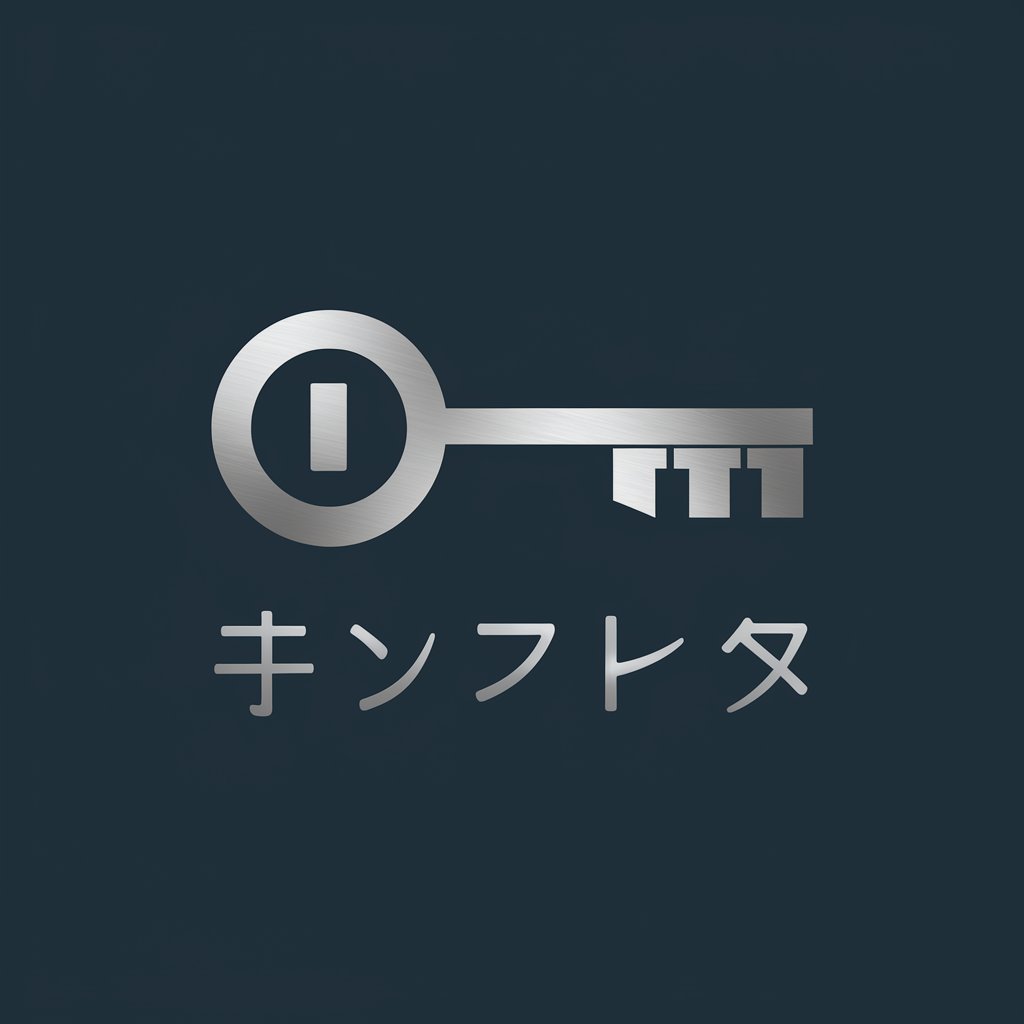
FAQs on Circular Economy Product Designer
What is Circular Economy Product Designer?
It's a specialized AI-powered tool designed to aid in the development of sustainable, recyclable, and eco-friendly products, adhering to the principles of a circular economy.
Can it suggest materials for my product?
Yes, based on your product requirements and sustainability goals, it can suggest a range of eco-friendly materials that align with circular economy principles.
How does it help in product lifecycle management?
The tool offers design strategies that consider the entire lifecycle of the product, focusing on maximizing product longevity, reducing waste, and facilitating recycling or repurposing.
Is it suitable for all types of products?
While it's broadly applicable, it excels with products where design for sustainability, reuse, and recycling are key considerations, such as consumer goods, electronics, and packaging.
How does it integrate with existing design processes?
It can complement existing design processes by providing insights and suggestions that emphasize sustainability and circular economy principles, easily integrating with early conceptualization or detailed design phases.
